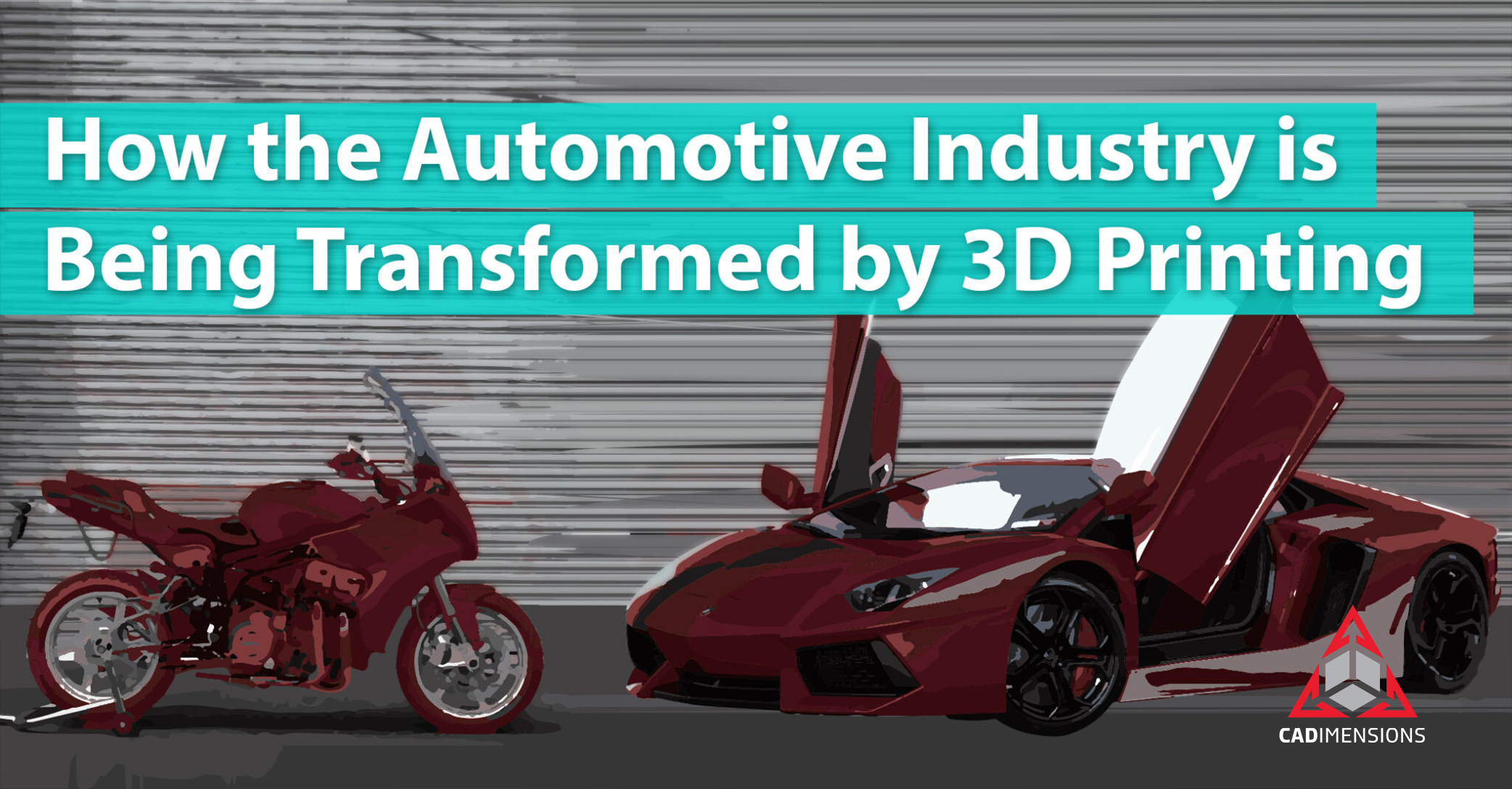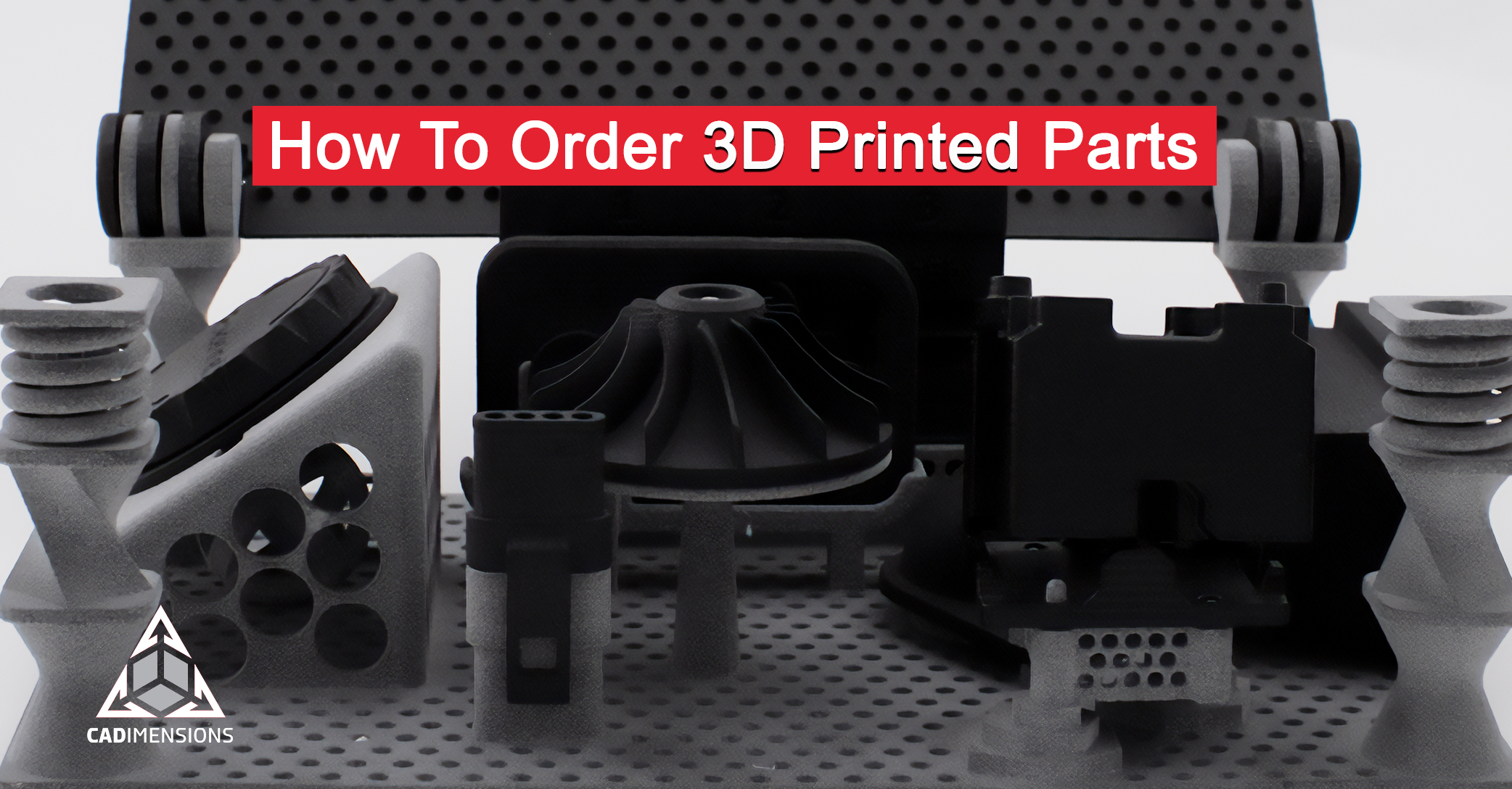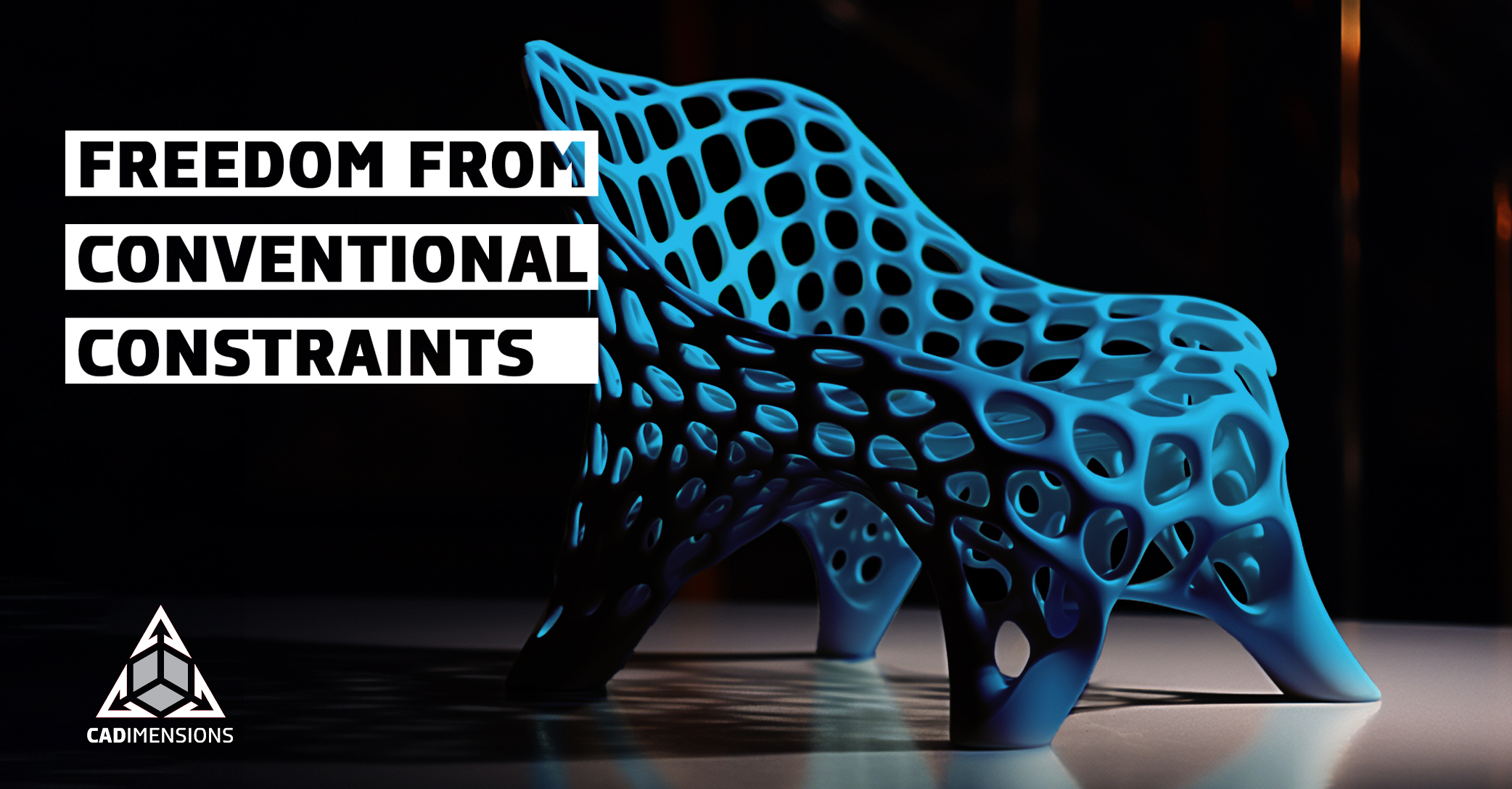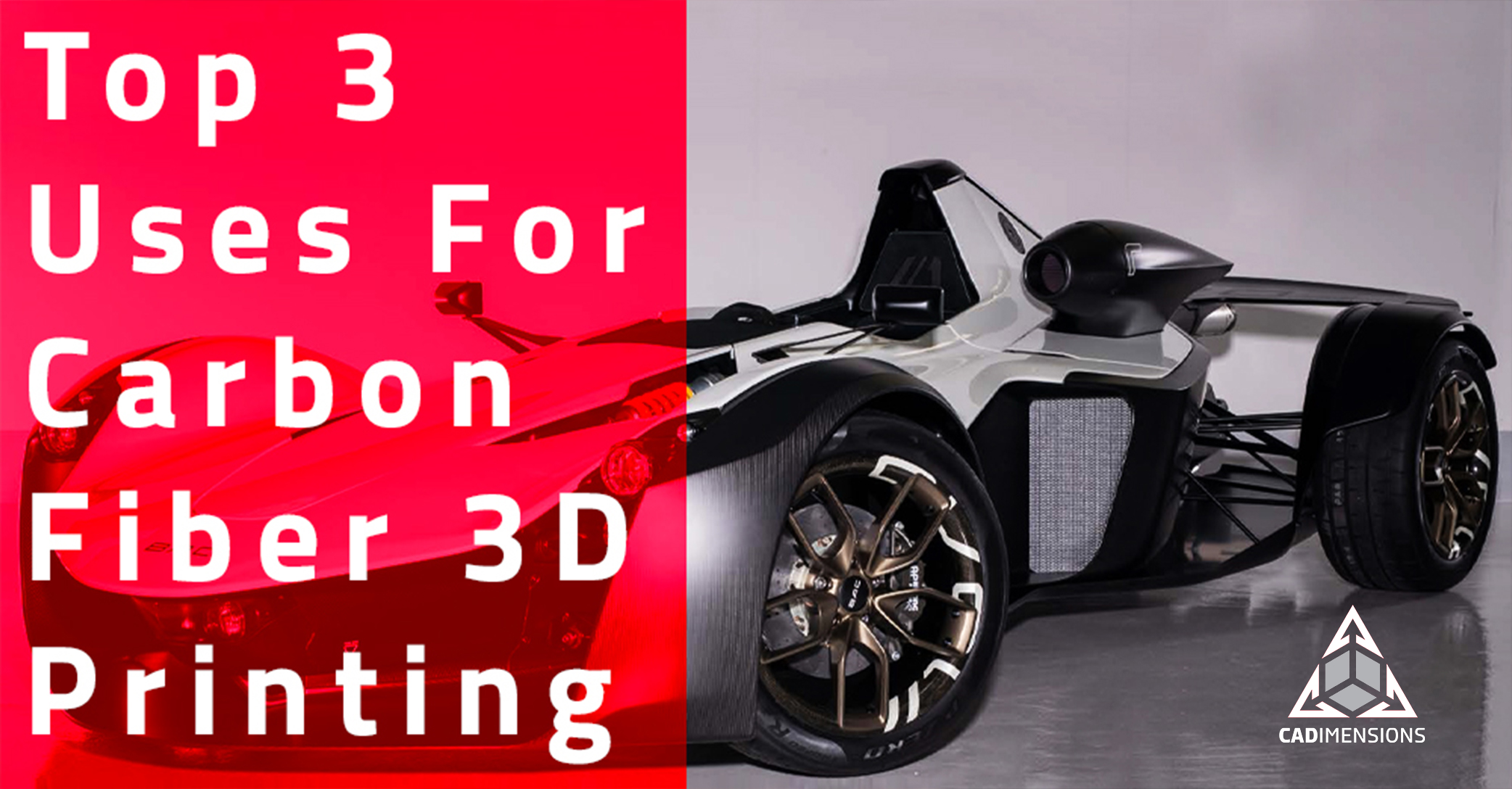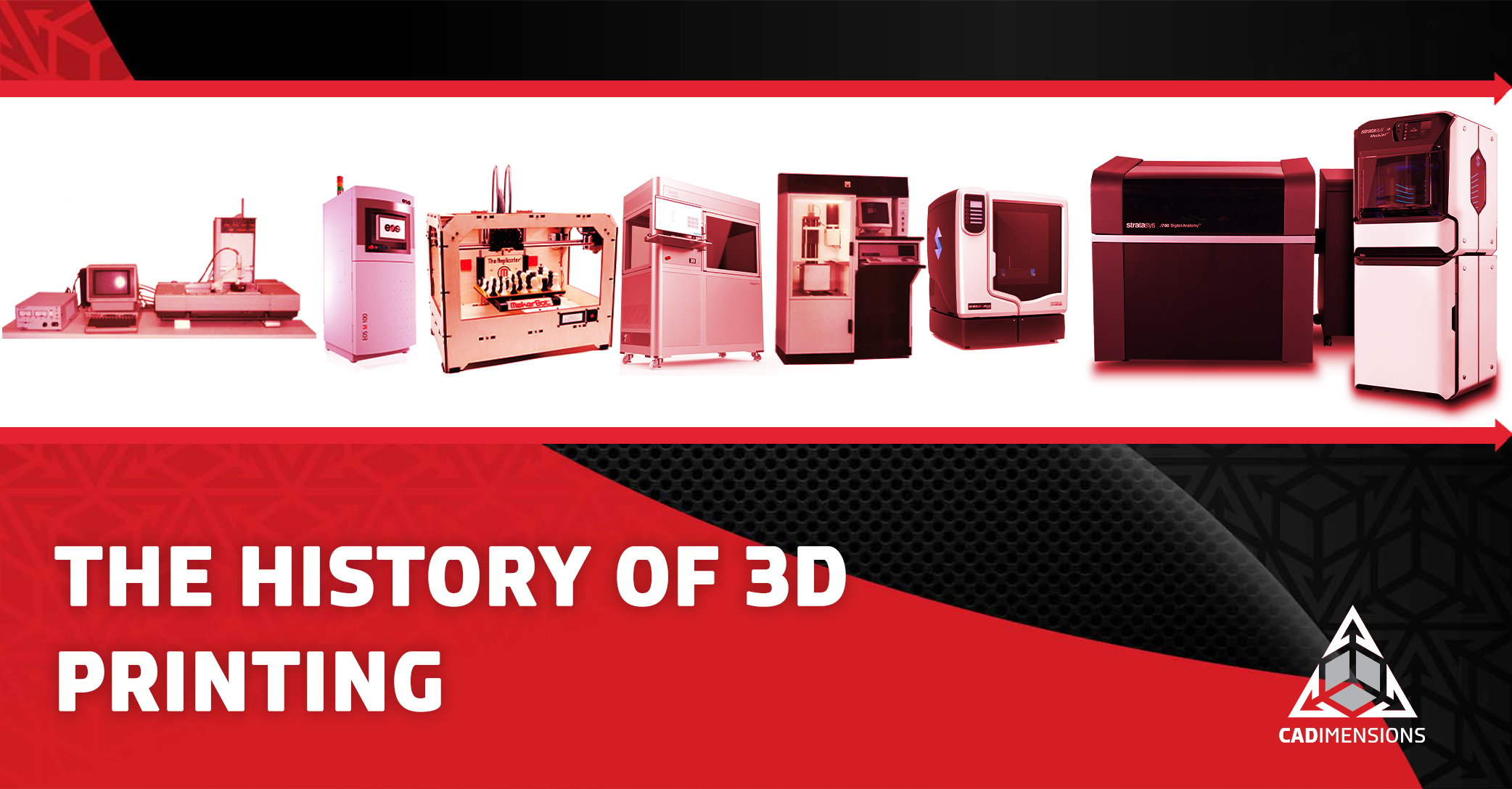4 Automotive Trends Driving Rapid New Development
The automotive industry has existed for over 100 years. Since Ford’s Model T debuted in 1908, cars have seen a lot of different automotive trends over the years. For a long time, automotive companies made small improvements to their products and how they operate.
This all changed in 2008 when the government bailout of some of the largest players spurred radical change. Combined with the fast-paced growth of computing technology, the vehicles we drive today – and will in the future – are evolving rapidly. These are 4 automotive trends driving the rapid new development of our future vehicles.
1. IoT Connected Vehicles
The world around us is becoming more connected to the internet than ever before. It’s been predicted that there will be 28.5 billion active internet-connected devices by the end of 2020. That number creates an average of 3.6 devices per person. Home personal assistants, smartwatches, and smartphones are very common. Why shouldn’t cars also be connected online?
Developments in 5G technology will mean support for millions of devices per square mile, enabling more data bandwidth and faster communications, better connecting those connected vehicles.
Bringing cars online should – in theory – make them far more useful. Maintenance could be more easily tracked. Cars could communicate with your other devices, and perhaps with each other. This could help prevent collisions and make driving safer for everyone.
2. Electric Vehicles
Electric Vehicles have been around for quite some time. However, they are now just beginning to see wider adoption. Emissions regulations and improvements in battery technology are driving automotive companies to change focus. Electric vehicles are becoming the main area of product development.
As evidence, check out Ford’s newly announced electric SUV. On top of that, VW just broke ground on a factory dedicated to making electric vehicles.
3. Autonomous Vehicles
Hand-in-hand with electric vehicles is the Autonomous Vehicles trend. This can be a scary idea, but one that could make roads much safer. In 2016, 37,461 people were killed in motor vehicle accidents.
Testing from many different companies including Google and Uber has shown that robotic systems can be better drivers than humans. It may take years before autonomous vehicles are adopted. However, they could create a safer future for transportation.
4. The Most Drastic of all the Automotive Trends… No More Car Ownership
Cars can cost consumers a lot of money to own and maintain. When fuel, insurance, and maintenance are totaled together, the financial burden of owning a vehicle is causing many people – mostly generation Z and Millennials – to look for other ways to get around. An alternative to ditching cars altogether could be a car subscription.
Can you imagine a world where the majority of people don’t own a vehicle? It can be difficult to wrap your mind around it, but the idea isn’t that crazy. Just look at the number of subscription services available today. You can get a subscription to watch movies and listen to music. You can get pet supplies delivered monthly, or any other number of options.
Cell phones and vehicles are already commonly leased. Why not take it to the next level, and wrap maintenance and insurance into vehicle subscriptions?

Stay Competitive with Rapid Product Development
In order for established automotive companies to remain competitive, awareness of technology is a must. However, implementing new products and features requires significant investment in research and product development.
Further, the automotive industry is highly regulated and requires rigorous testing for new products. Other industries can quickly develop products, but the challenge for car companies is especially difficult. In order to stay competitive, these businesses need to leverage any means possible to accelerate product development.
These four industry trends are driving what car companies are creating, and creating the demand for rapid product development.
What I’m Trying To Say Is…
Product development is important in any industry but is especially challenging for automotive companies. Heavy regulation and safety requirements can slow down development.
One big driver for change is rapidly growing computing technology. Another driver is the historic government bailout that forced change into a well-established industry. The result is that the cars we drive today are far different from the cars available in the coming years.
Automotive companies must embrace any means to accelerate product development. One method is by leveraging 3D printing. In fact, 80% of businesses who use 3D printing say that it is enabling them to innovate faster. Want to learn more? Read our white paper to find out Five Ways 3D Printing is Transforming the Automotive Industry.

